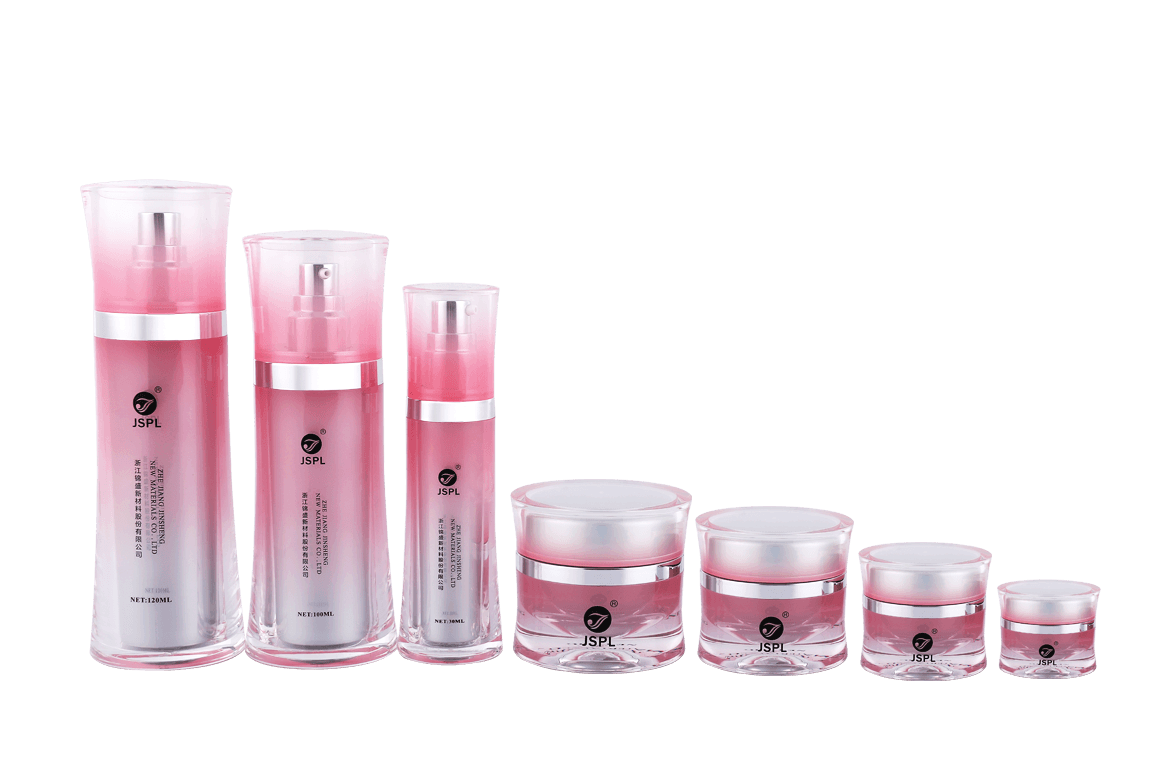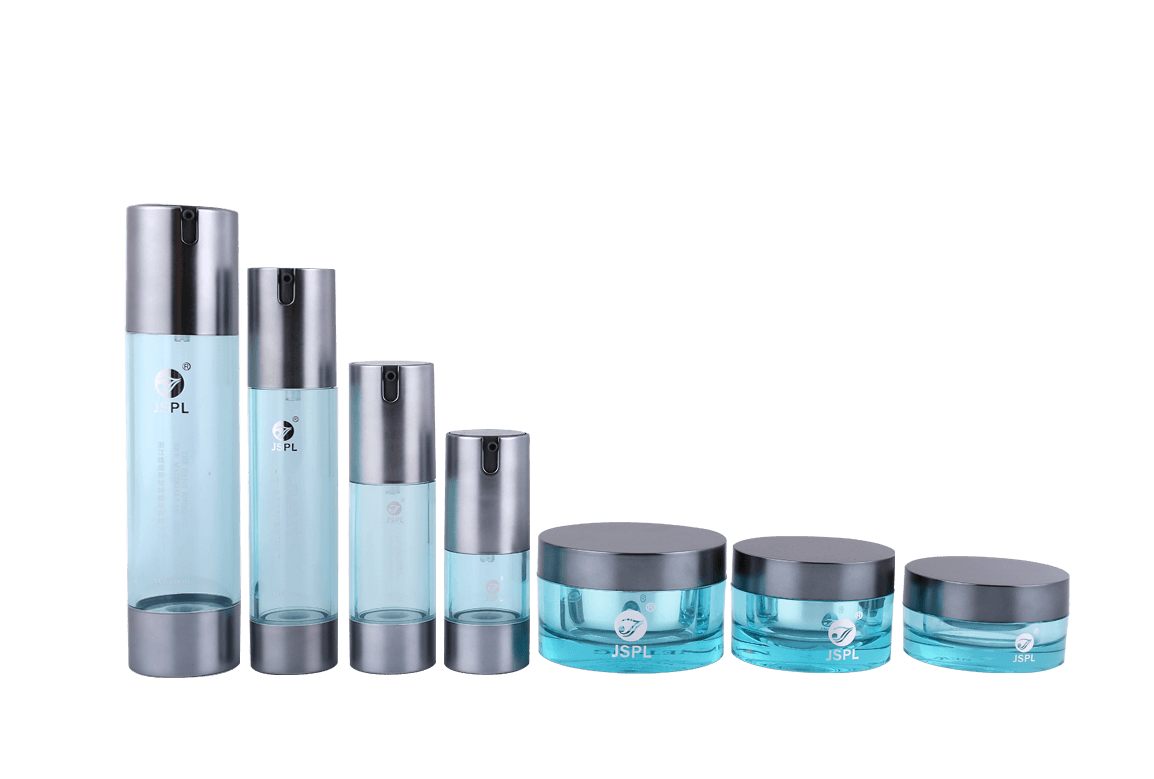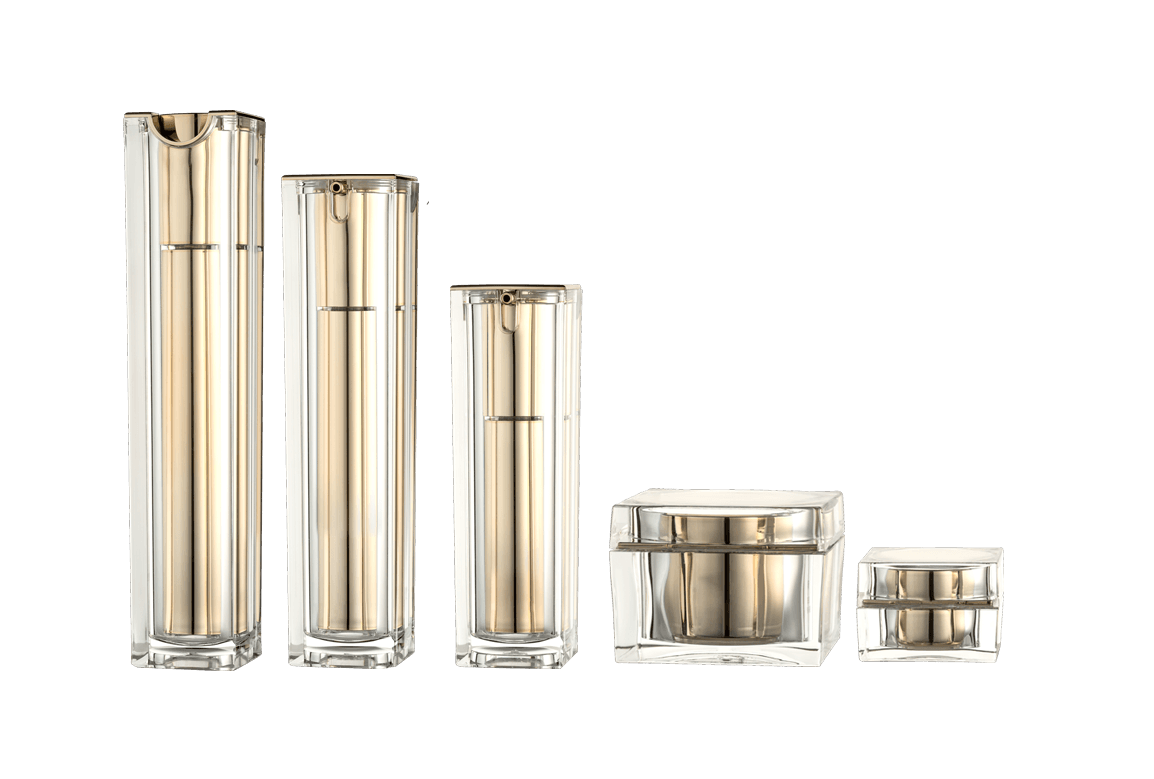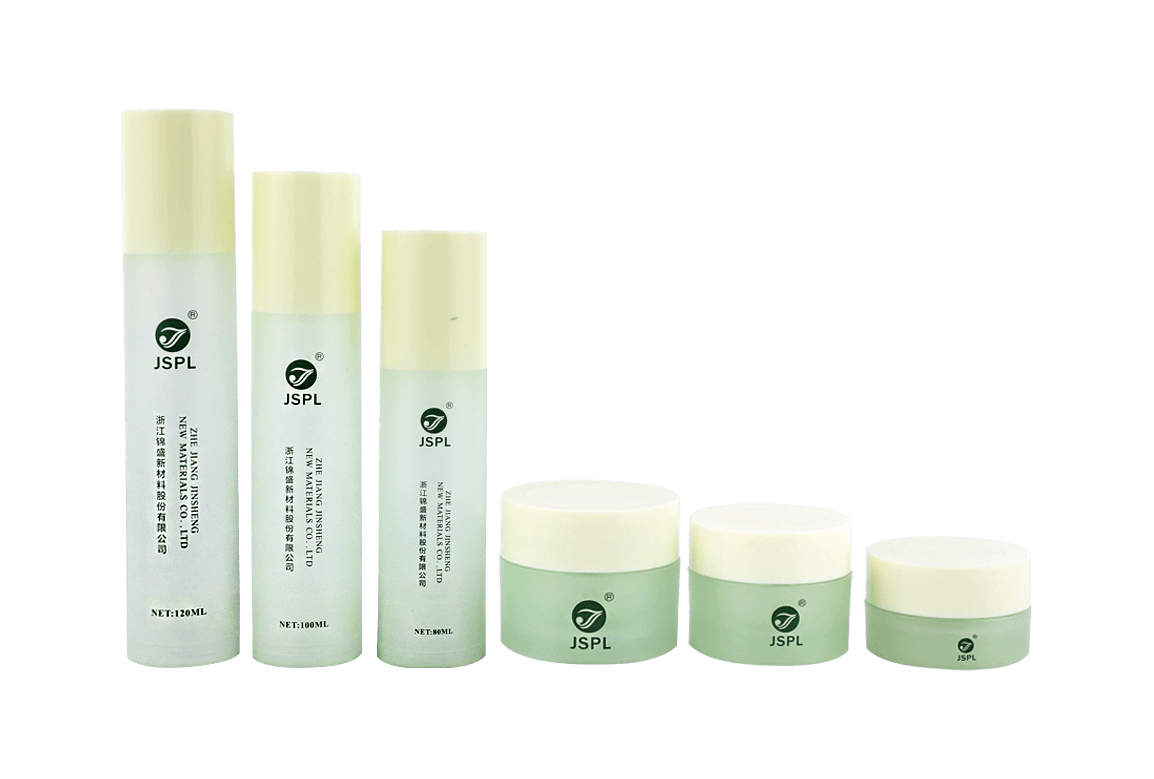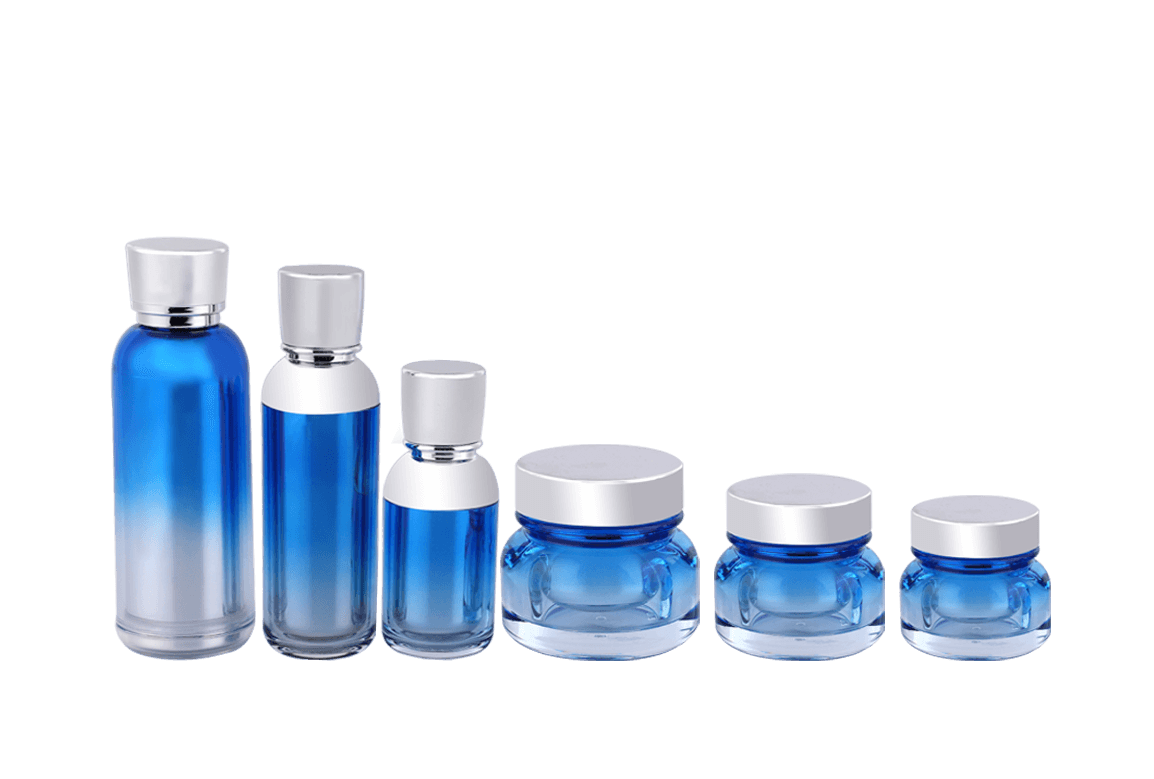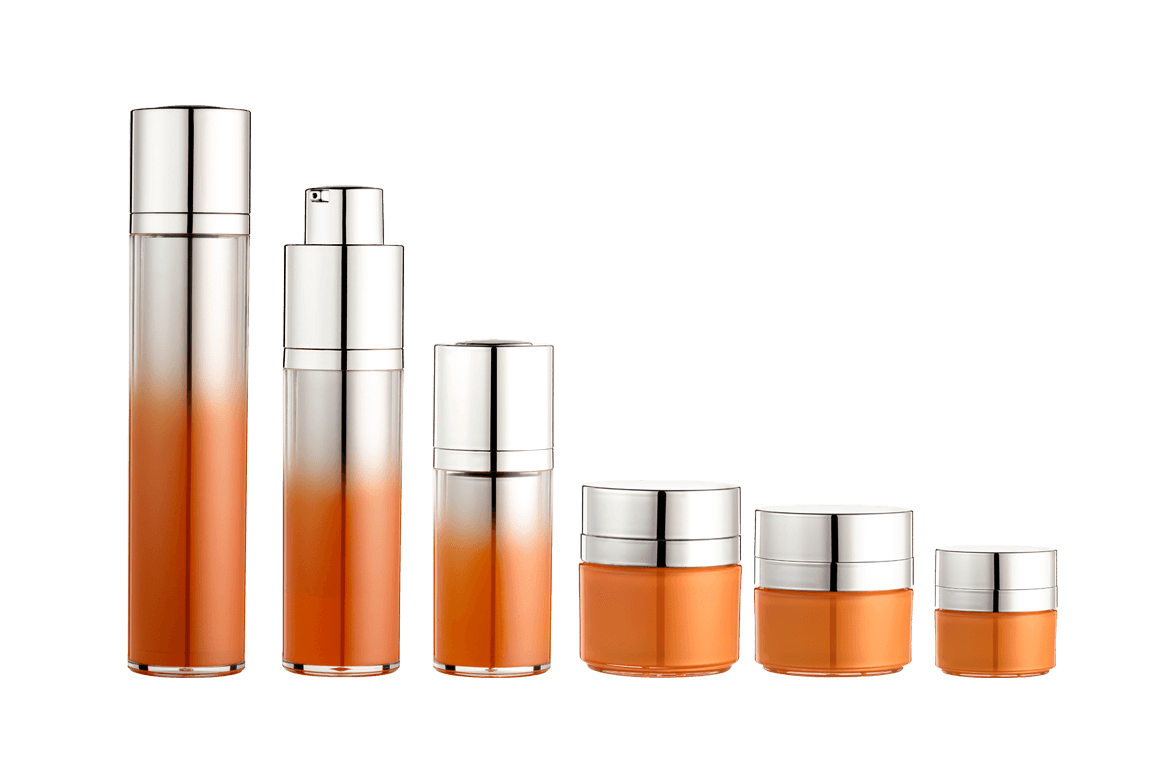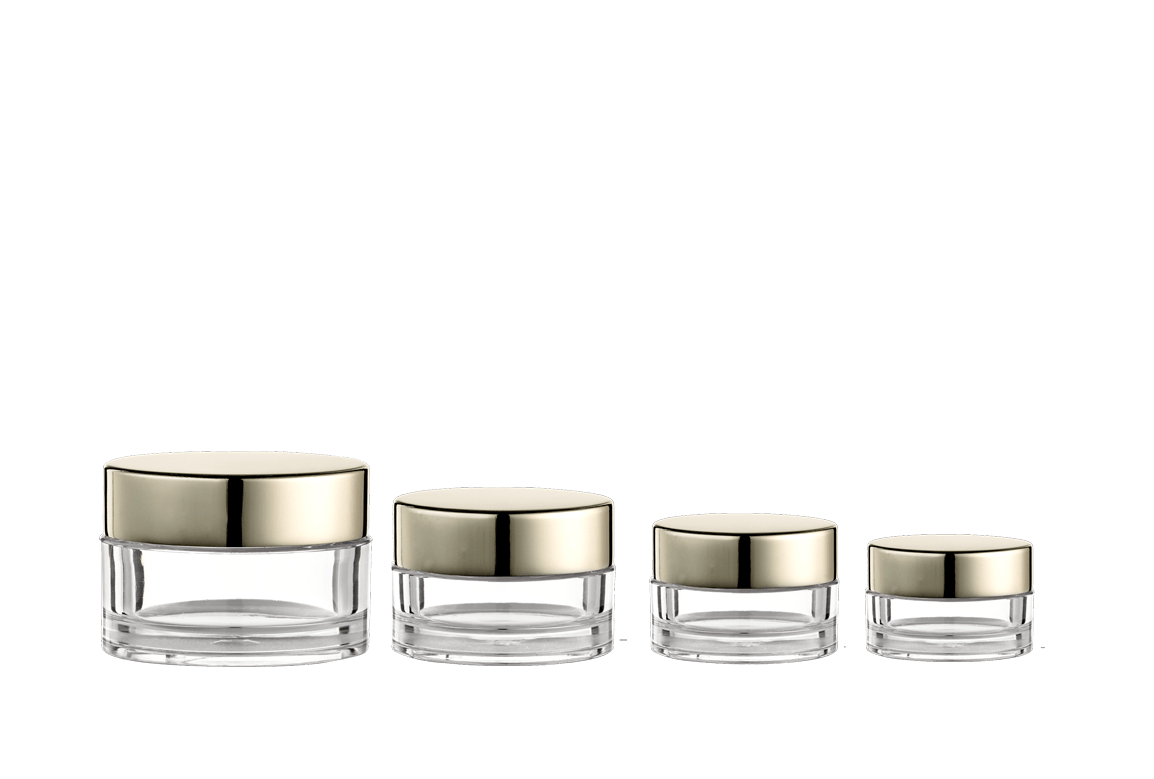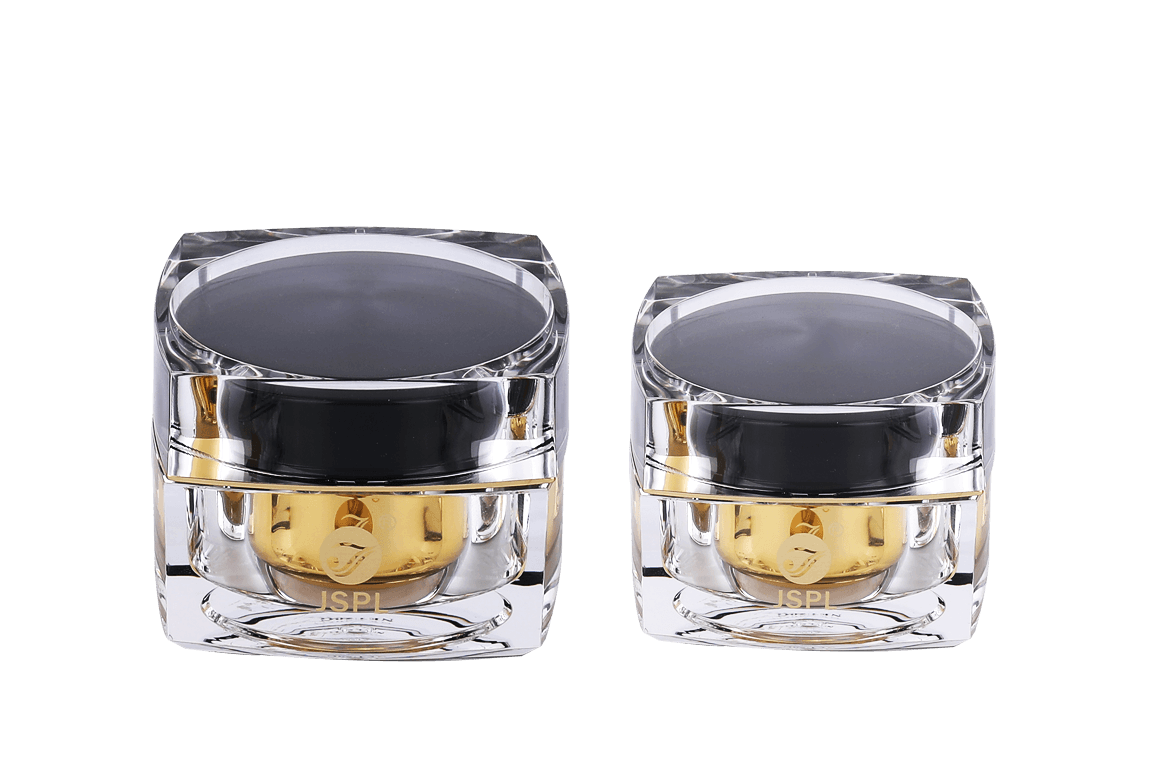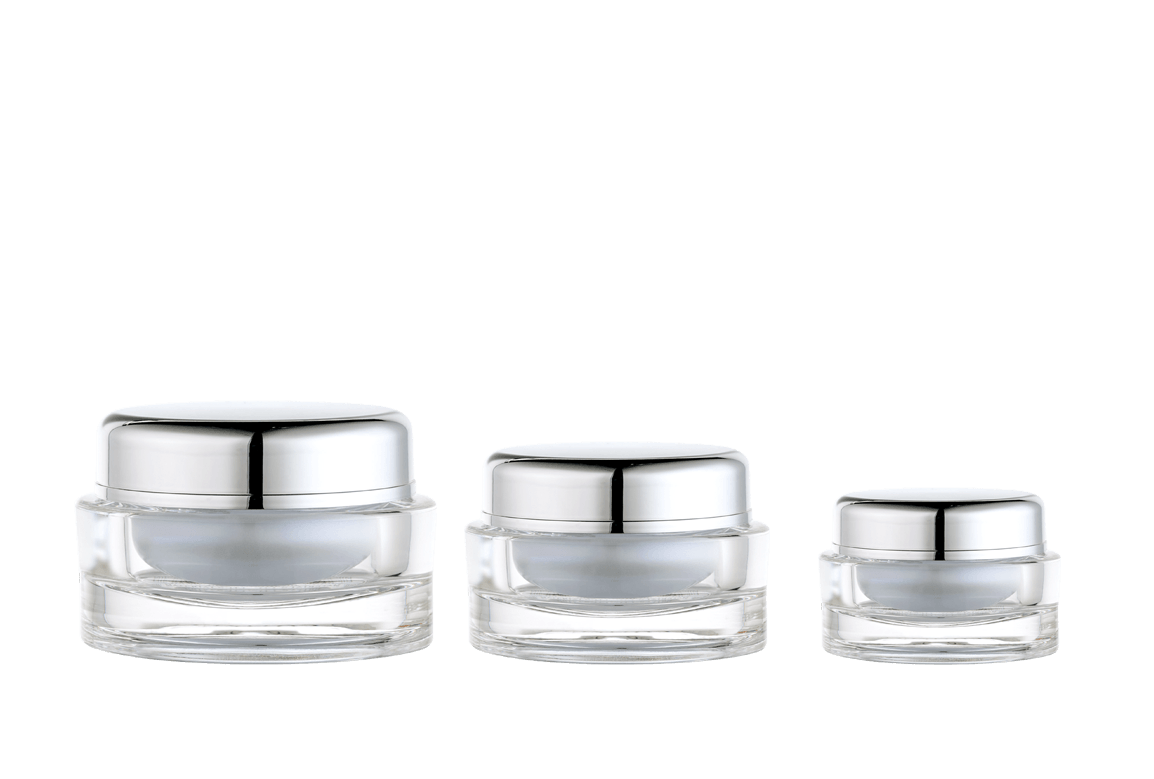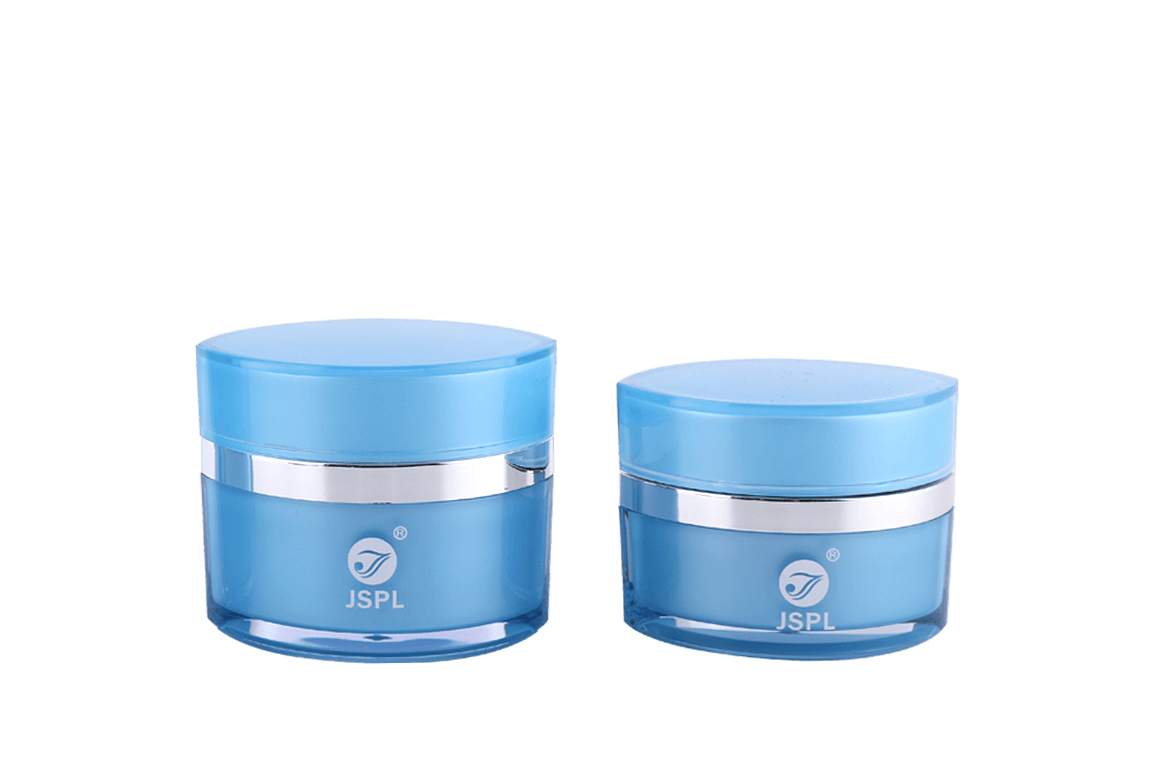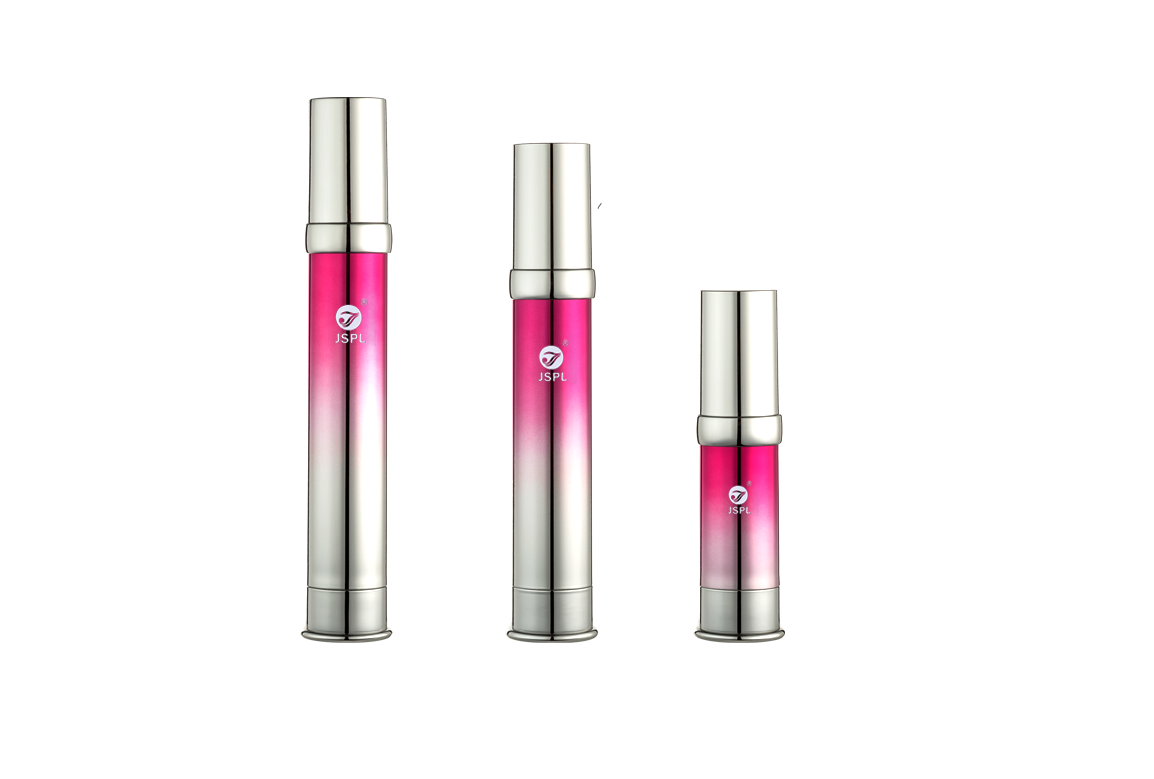The diversified development of the cosmetics market has led to demand for products with varying textures and viscosities. As a key form of modern high-end cosmetics packaging, vacuum bottles are widely used for products of various viscosity levels due to their excellent anti-oxidation and anti-pollution properties. Depending on the product's viscosity, the vacuum bottle's structural design, material selection, and dispensing method require targeted adjustments to achieve optimal results and user experience.
Suitability of Vacuum Bottles for Low-Viscosity Products
Low-viscosity cosmetics typically refer to highly fluid liquids such as lotions, toners, serums, and essential oils. These products require excellent flowability and smooth dispensing, placing high demands on the packaging's sealing and anti-oxidation properties.
The advantage of vacuum bottles for low-viscosity products lies in their effective isolation from air, preventing oxidation and deterioration, and extending their shelf life. Low-viscosity products are more sensitive to pump head and tubing design. Vacuum bottles are typically equipped with a sophisticated spray nozzle or pump head to ensure uniform dispensing and precise dosing control. Bottles made of thin, transparent plastic or glass make it easy for users to monitor remaining volume. Low-viscosity products are more tolerant of gaps between the internal piston and the bottle wall, allowing the piston to be designed for smooth sliding, efficient dispensing, and minimal residual liquid.
Suitability of Vacuum Bottles for Medium-Viscosity Products
Medium-viscosity cosmetics, including lotions, creams, and serums, have a texture somewhere between liquid and paste. These products place high demands on the pressure and sealing performance of the dispensing system.
The design of vacuum bottles for medium-viscosity products focuses on enhancing the piston's driving force to ensure smooth dispensing of viscous substances. Highly elastic silicone pistons are typically used to conform to the bottle wall, preventing product residue from accumulating between the bottle wall and the piston. The pump head is designed with a wide aperture and a certain thrust output to mitigate product flow resistance. The interior of the bottle is typically treated with an anti-stick treatment to reduce product adhesion and improve dispensing efficiency. Medium-viscosity products require high sealing and pressure resistance in vacuum bottles to prevent air ingress and product leakage.
Suitability of Vacuum Bottles for High-Viscosity Products
High-viscosity cosmetics include products with thick textures and poor flowability, such as creams, cream masks, and repair creams. High-viscosity products pose the greatest challenges to packaging structure and dispensing systems.
The suitability of vacuum bottles for high-viscosity products relies on enhanced piston sealing and pump head thrust design. The piston material must possess excellent elasticity and wear resistance to ensure it can overcome significant dispensing resistance. Bottle designs typically feature a wider mouth and thicker walls to accommodate strong push forces. Pump head designs require increased spring force or a mechanical assist system to ensure smooth product discharge when the user presses. The inner surface of the bottle requires special anti-stick treatment to reduce residual paste. Some high-viscosity products utilize multi-chamber vacuum bottles, enabling segmented dispensing and enhancing ease of use. Vacuum bottles require extremely high sealing performance to prevent air from entering and causing paste deterioration or drying.
The Impact of Different Viscosities on Vacuum Bottle Materials
Different product viscosities necessitate different chemical resistance and surface properties for the vacuum bottle material. Low-viscosity products often contain water and require hydrolysis-resistant and non-adsorbent materials, such as PET or glass. Medium- and high-viscosity products often contain oils and active ingredients, requiring materials that are oil-resistant and impermeable. Internal anti-stick coatings are widely used in medium- and high-viscosity vacuum bottles to improve product flow and reduce residue.
The choice of material influences both the durability and user experience of the vacuum bottle. High-quality materials ensure the vacuum bottle maintains its seal and mechanical properties over time, preventing piston aging and deformation, and ensuring smooth discharge.
Compatible Vacuum Bottle Structural Design with Different Viscosities
The flexibility of the vacuum bottle's structural design is key to its adaptability to cosmetics of varying viscosities. Low-viscosity products are suited to slender tubes and fine spray nozzles, enabling easy spraying and rapid absorption. Medium-viscosity products require wide-bore pistons with anti-stick inner walls to ensure smooth discharge. High-viscosity products often utilize thicker pistons, mechanically assisted pump heads, and multi-chamber structures to address discharge challenges.
Furthermore, the piston stroke length and bottle volume must be adjusted to the product's viscosity to avoid residue from under-delivery or waste from over-delivery.

 Chinese
Chinese España
España Italia
Italia Le français
Le français
